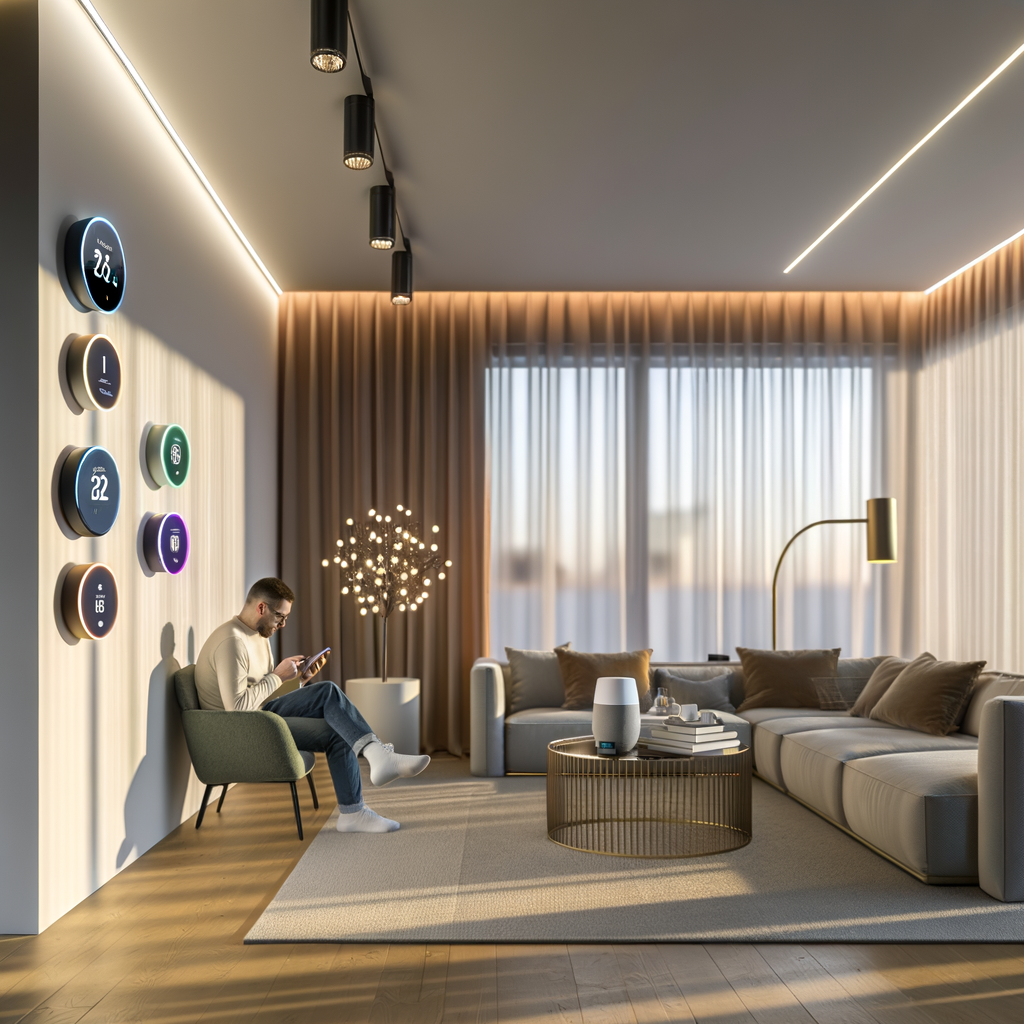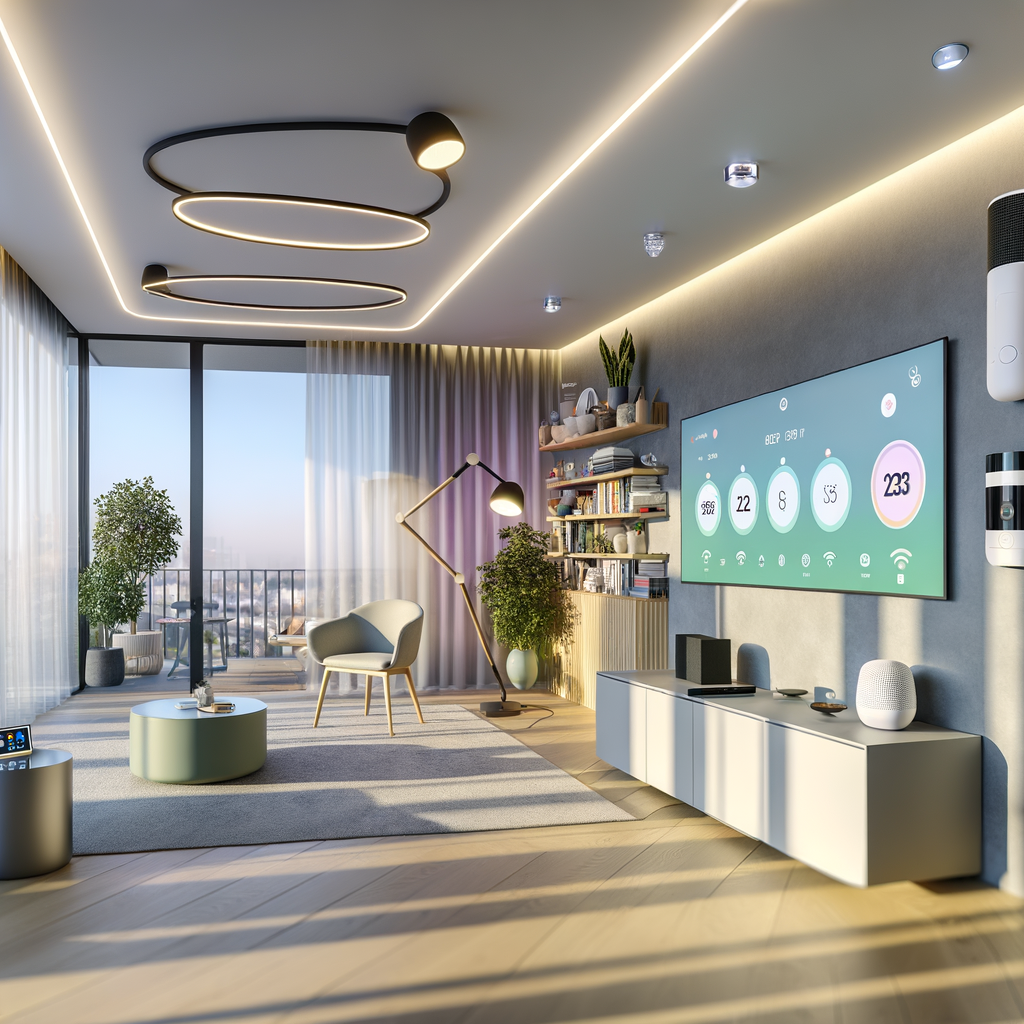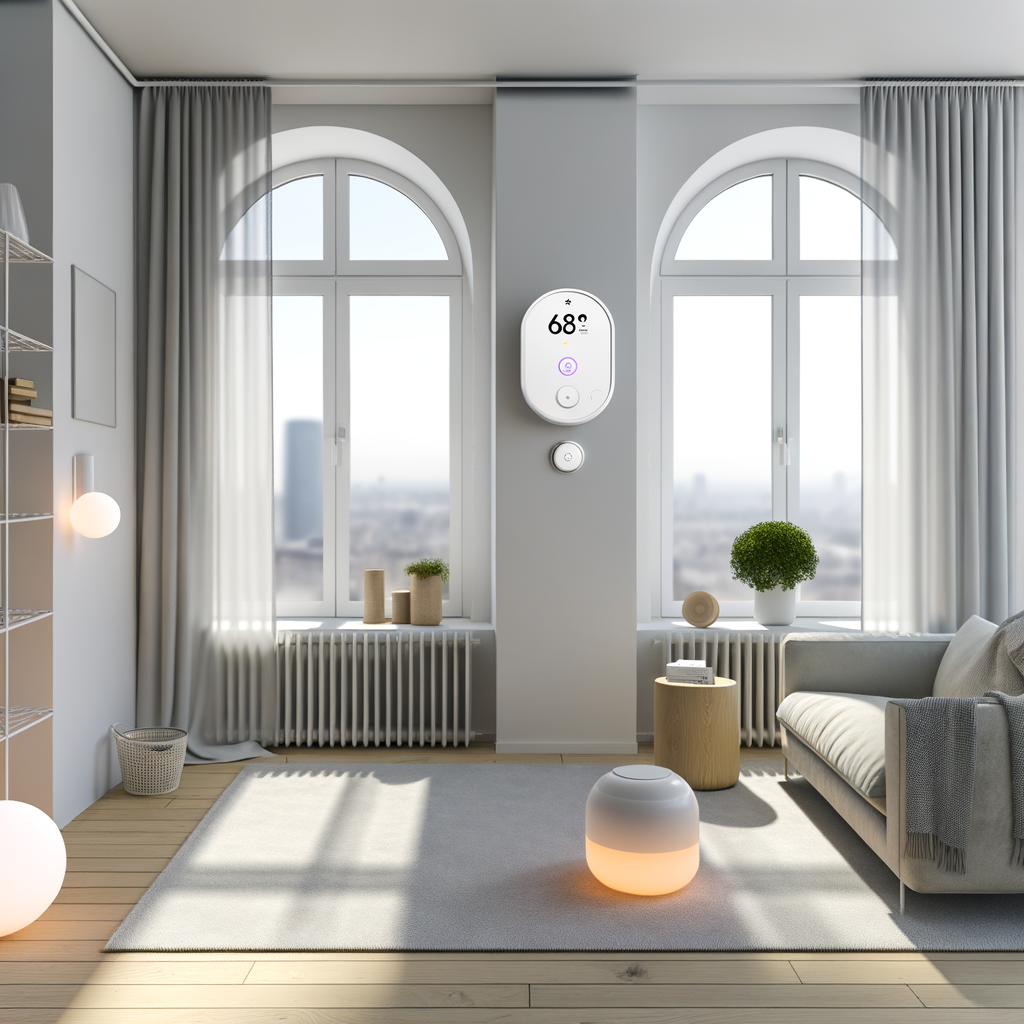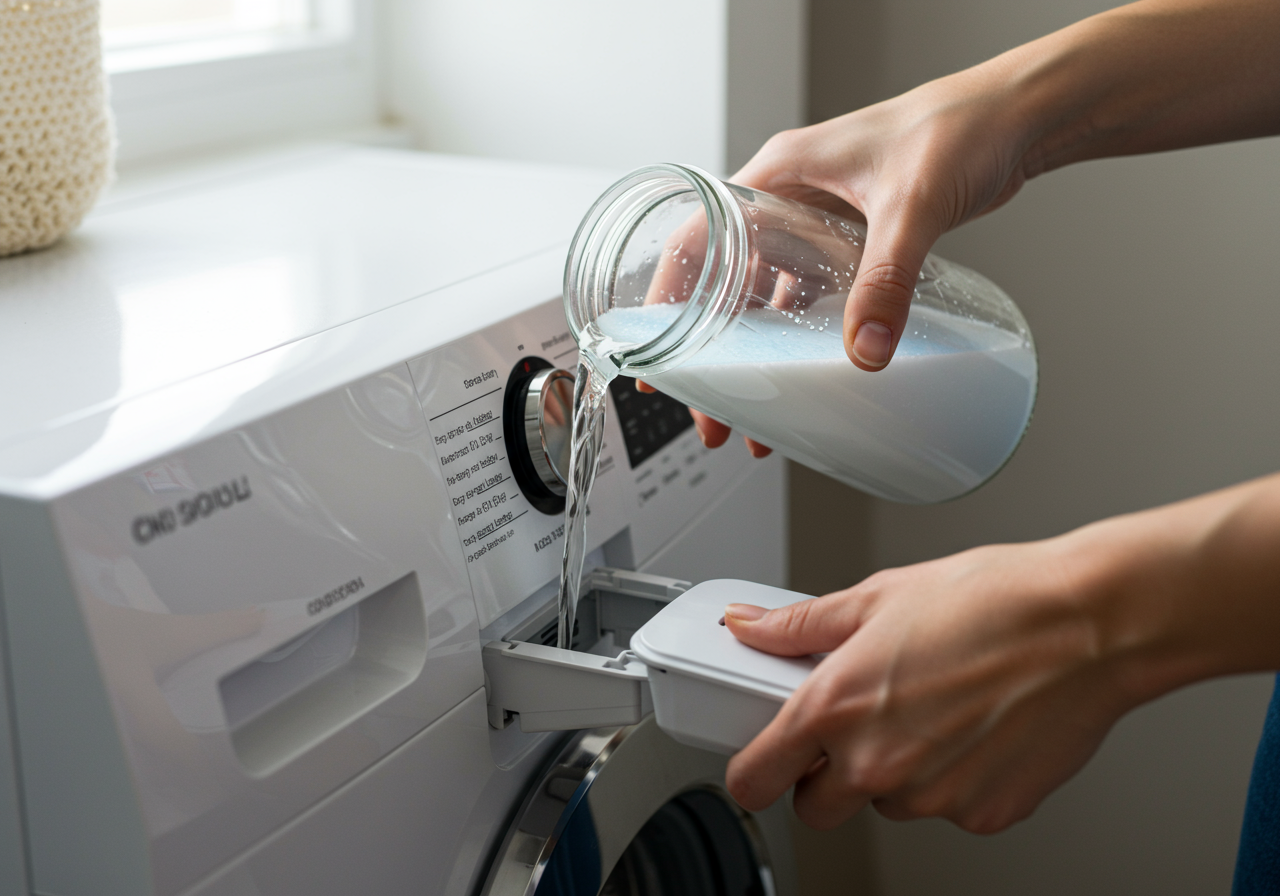Myth-Busting Smart Homes: 7 Common Misconceptions Renters Have About Energy-Efficient Tech
Smart home technology is no longer a futuristic luxury—it’s quickly becoming a staple in modern living. From intelligent thermostats to automated lighting, these advancements promise efficiency, convenience, and savings. But if you’re a renter, you might think these benefits are out of reach or just “too good to be true.” Let’s clear the air.
Below, we’ll debunk seven common myths about energy-efficient smart home tech for renters. You’ll learn what’s possible, discover practical solutions, and pick up actionable advice to make your rental smarter and more affordable—without major renovations or landlord headaches.
1. “You Have to Own Your Home to Use Smart Tech”
This misconception prevents many renters from embracing energy-efficient upgrades. But the truth is, there’s a wide range of smart devices designed for easy installation and removal.
Smart Tech Is for Everyone—Homeowners and Renters Alike
- No-drill devices: Many smart products use adhesive or magnetic mounts that won’t damage walls or fixtures.
- Plug-and-play: Gadgets like smart plugs, bulbs, and portable sensors require zero wiring—just plug them in and connect to Wi-Fi.
- Reversible installation: Popular thermostat adapters and window sensors are designed specifically for renters and can be removed without a trace.
Actionable advice: Always check your lease agreement and get written approval if you’re unsure about making changes. Start with non-invasive upgrades like smart bulbs or plugs to minimize any risk.
2. “Smart Home Devices Are Too Expensive for Renters”
Cost is often cited as a major barrier to investing in smart home tech. However, prices for many energy-efficient smart devices have dropped significantly—and there are plenty of budget-friendly options.
Affordable Upgrades That Deliver Real Savings
- Smart LED bulbs: Typically cost under $20 per bulb, last years longer, and use far less energy than traditional bulbs.
- Smart plugs: Start at around $15 and can turn any appliance into a connected device. Use them to schedule fans, lights, or coffee makers.
- Entry-level smart thermostats: Models like the Wyze Thermostat are much more cost-effective and renter-friendly than older “smart” systems.
Actionable advice: Focus on devices with a clear return on investment, like smart plugs and bulbs. Look for Energy Star certified products and keep an eye out for rebates from your utility provider.
3. “Smart Devices Are Difficult to Install (or Need Permanent Changes)”
Worried about drilling holes, rewiring, or making permanent installations? Good news! Most smart home devices for renters are built for simple setup and move-out-friendly removal.
No Tools Required for Most Upgrades
- Smart bulbs: Swap them in and out of existing light fixtures—no electrician required.
- Smart plugs: Just plug into your existing outlets and connect via mobile app.
- Battery-powered sensors: Door/window sensors often use adhesive strips and have long-lasting batteries.
Actionable advice: Check product manuals for “renter-friendly” setup options. Always keep original packaging to make removal at move-out a breeze.
4. “Smart Home Tech Doesn’t Work with Old Apartments”
Think your charming pre-war rental is a no-go for modern gadgets? Think again. Most smart home products are designed for wide compatibility—no matter how old your dwelling.
Tech That Works in Older Buildings
- Wi-Fi and Bluetooth devices: Smart plugs, bulbs, and sensors don’t care how old your wiring is—as long as you have electricity and Wi-Fi, you’re set.
- Low-voltage thermostat adapters: Adapters can bridge the gap between old wiring and new, energy-efficient thermostats.
- Portable, non-wired products: Stand-alone air purifiers, fans, and heaters with built-in smart controls don’t need any integration with building infrastructure.
Actionable advice: Check the compatibility requirements before buying. If in doubt, look for products labeled “no hub required” or “works with any Wi-Fi.”
5. “Energy-Efficient Tech Won’t Save Me Much Money”
This myth often arises from not seeing immediate savings. But over time, small changes add up—both in your utility bills and your carbon footprint.
Smart Savings in Action
- Smart thermostats: Can save 8%–23% on heating and cooling costs depending on usage and climate.
- LED bulbs: Use up to 75% less energy and last up to 25 times longer than incandescent bulbs.
- Scheduled automation: Timers and remote controls let you turn off appliances when not in use—cutting phantom energy losses.
Actionable advice: Set up schedules or “away” modes on your devices, review your monthly utility statements, and track reductions over several months for a true picture of your savings.
6. “Smart Devices Are Security and Privacy Nightmares”
Concerns over hacking and data privacy are valid. However, most well-known brands have robust security measures in place, and there’s plenty you can do to stay safe.
Protecting Your Data and Privacy as a Renter
- Create a separate Wi-Fi network: Use a guest or IoT-specific network solely for smart devices.
- Regularly update firmware: Keep your gadgets’ software current to patch security vulnerabilities.
- Buy from reputable brands: Look for products with clear privacy policies and good reviews.
Actionable advice: Change default passwords, enable two-factor authentication (if available), and read privacy settings during setup. Remove your devices and perform a factory reset before moving out.
7. “Smart Tech Means I’ll Lose My Security Deposit”
This is a key worry for renters, but the risk is minimal with the right products and planning.
How to Avoid Damage and Keep Your Deposit Safe
- Choose adhesive and plug-in devices: Avoid drilling holes or altering wiring whenever possible.
- Keep documentation: Take “before” and “after” photos, and save installation instructions for easy reversal.
- Talk to your landlord: Some may be open to smart home upgrades if you present the benefits (e.g., safer smoke detectors, potential energy savings).
Actionable advice: At lease-end, remove all smart tech, patch up minor cosmetic marks, and restore all replaced hardware. Offer to share energy usage data with your landlord to demonstrate the value of your improvements.
Extra Myth: “Smart Home Tech Is Just a Gimmick”
Some still view smart home products as unnecessary novelties. In reality, these technologies are transforming how we save money, protect the planet, and simplify daily life—even for renters.
- Accessibility: Voice-controlled smart devices are life-changing for those with limited mobility.
- Safety: Smart smoke detectors and leak sensors alert you (and your landlord) to dangers instantly.
- Convenience: Automating routines, scheduling appliances, and controlling your home from an app saves time and mental energy.
Quick Start Guide: How to Choose Smart Home Tech as a Renter
- Assess your lifestyle: Are you most concerned with lighting, heating/cooling, or appliance automation?
- Check compatibility: Make sure your chosen devices don’t require permanent installation or expensive hubs.
- Pick trusted brands: Go for products with strong security reputations and renter-friendly features.
- Read user reviews: Look for feedback from fellow renters to spot trouble before buying.
Actionable Tips for Maximum Energy Savings in Your Rental
- Develop an energy audit habit: Use monitoring plugs or energy monitoring apps to spot waste




